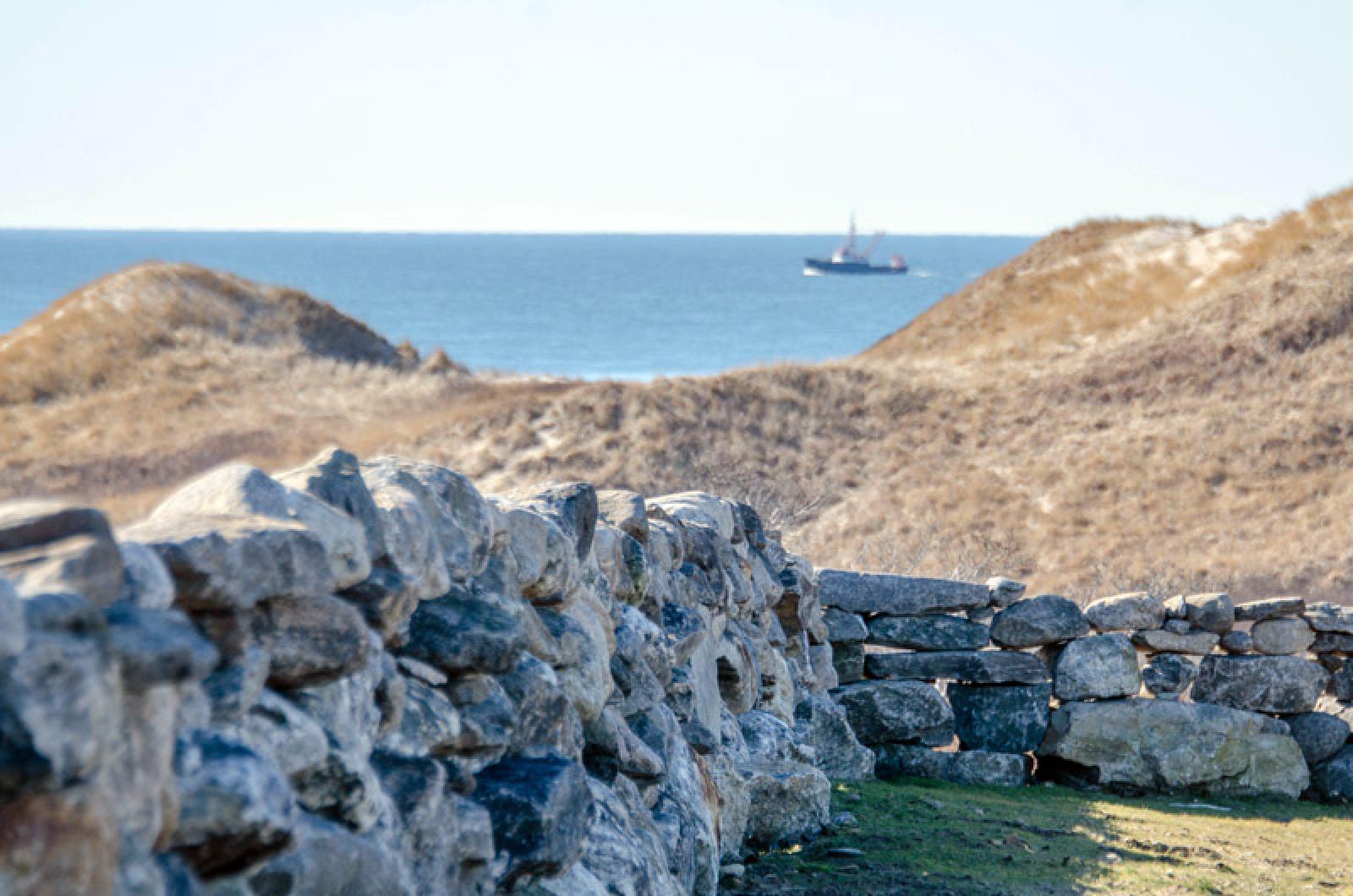A federal agency responsible for the stewardship of marine resources has raised questions about the impacts of the nation’s first “utility-scale” wind farm planned for waters approximately 14 miles south of the Vineyard.
Responding to the Bureau of Ocean Energy Management’s nearly 500-page draft environmental impact statement, the National Marine Fisheries Service, informally known as NOAA fisheries, said in a letter that many of the conclusions drawn in the report about the limited or modest effects of the project on marine habitat lack sufficient evidence and require further examination.
“We determined that many of the conclusory statements relating to the scale of impacts for biological and socioeconomic resources are not well supported in the document,” a letter from the fisheries service to BOEM states. “Specifically, impacts categorized as major appear under-inclusive, while impacts designated as moderate seem overly inclusive.”
Last Thursday, the Martha’s Vineyard Commission closed a public hearing on two, 220 kilo volt undersea cables that would run through Edgartown waters to connect the wind farm to mainland Massachusetts. Vineyard Wind, the energy partnership that won the rights in a federal auction to build the proposed 84-turbine farm, intends to bury the cables at a target depth of 6.6 feet below the ocean floor.
During the hearing, many members of the public who testified cited the BOEM draft environmental impact statement that, among other things, assesses the effects of the project on marine life as minor. But in the letter to BOEM, the fisheries service questioned those conclusions and requested a more detailed analysis of the project.
“The conclusion that impacts to benthic resources would be negligible from the project is not supported by the information provided in this section,” the letter reads in part. The letter goes on to request that the indirect impacts from the cable installation, such as the effects of sedimentation and noise on eelgrass and shellfish beds, receive further attention from BOEM. “There is no discussion in this section on impacts of the project to epifauna which is an important benthic resource found on hard/bottom/complex habitats,” the report continues.
The letter also claimed that the wind development area and cable route, which runs approximately one mile east of Chappaquiddick through Muskeget Channel, is one of the primary documented spawning locations for longfin squid, and that the effects of the cable’s electromagnetic field (EMF) on that species remains unclear.
“The [impact statement] should evaluate existing literature and recognize information that remains unknown around EMF. Without adequate study on the effects of EMF and heat from transmission cables on invertebrates, the conclusion that impacts would be negligible for demersal species and life stages is not supported.”
NOAA fisheries, whose Greater Atlantic Fisheries office is located in Gloucester, is an active federal regulator responsible for the monitoring and preservation of the nation’s marine habitat up to 200 miles from shore.
“We conducted this review from a unique perspective,” the letter reads. “Not only are we a cooperating agency with expert understanding and jurisdiction over marine trust resources, but we are also a consulting agency under the...Endangered Species Act.”







Comments (15)
Comments
Comment policy »